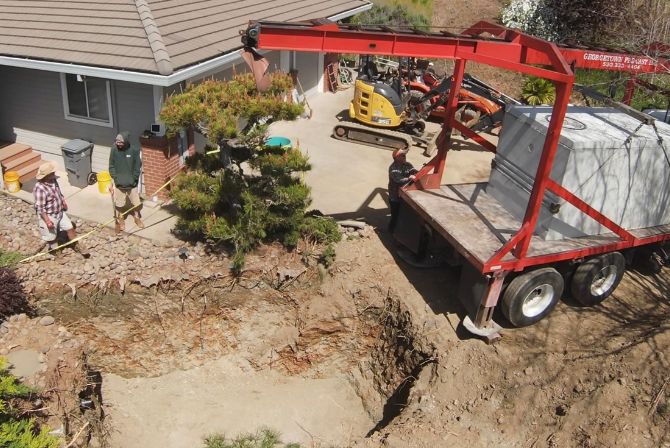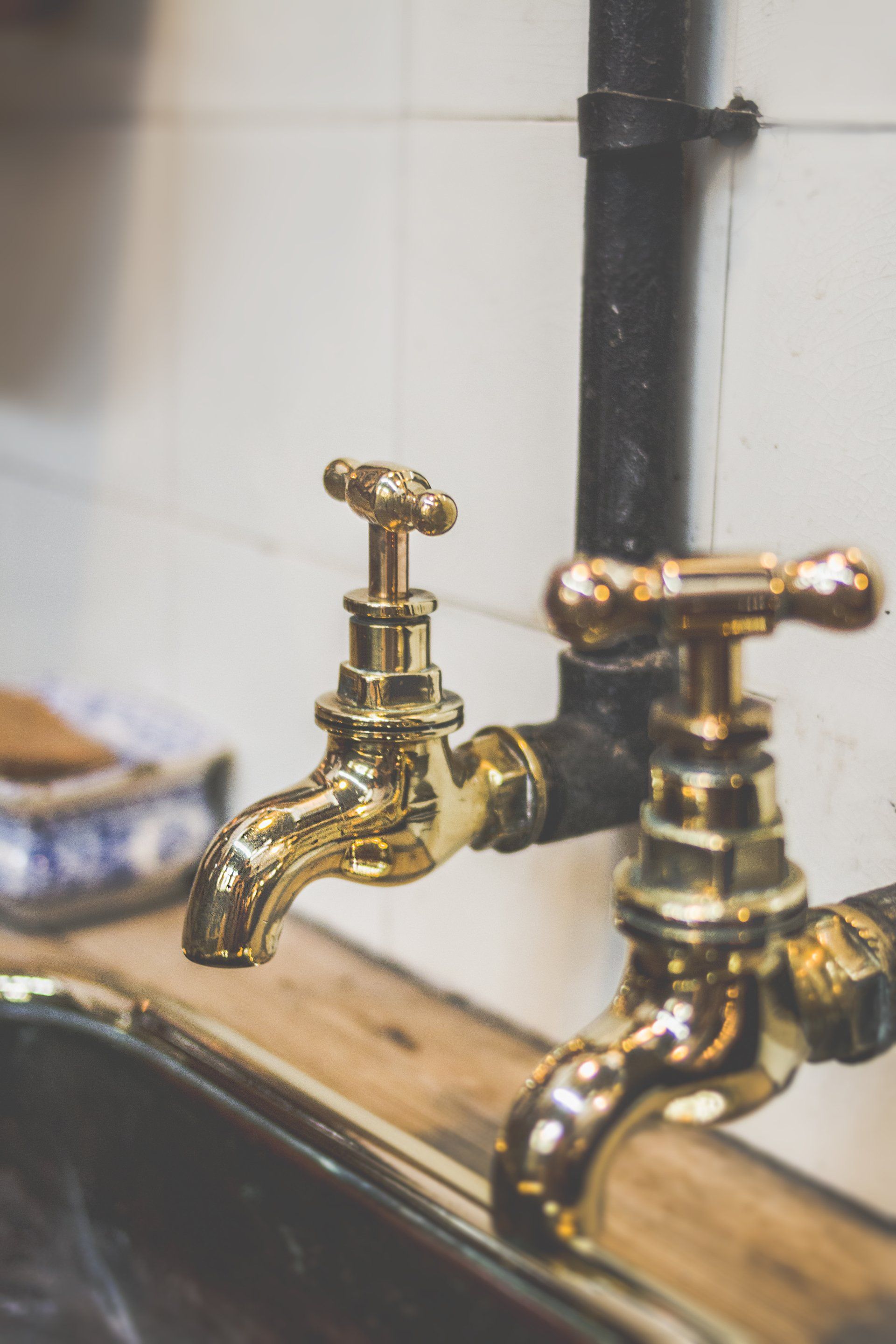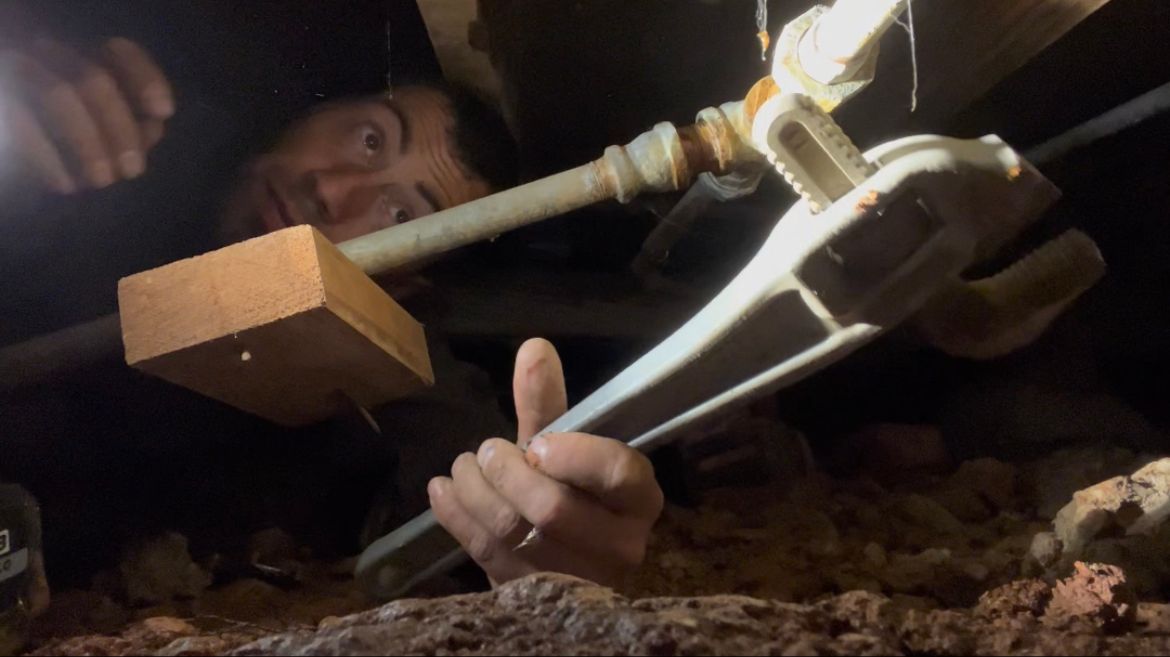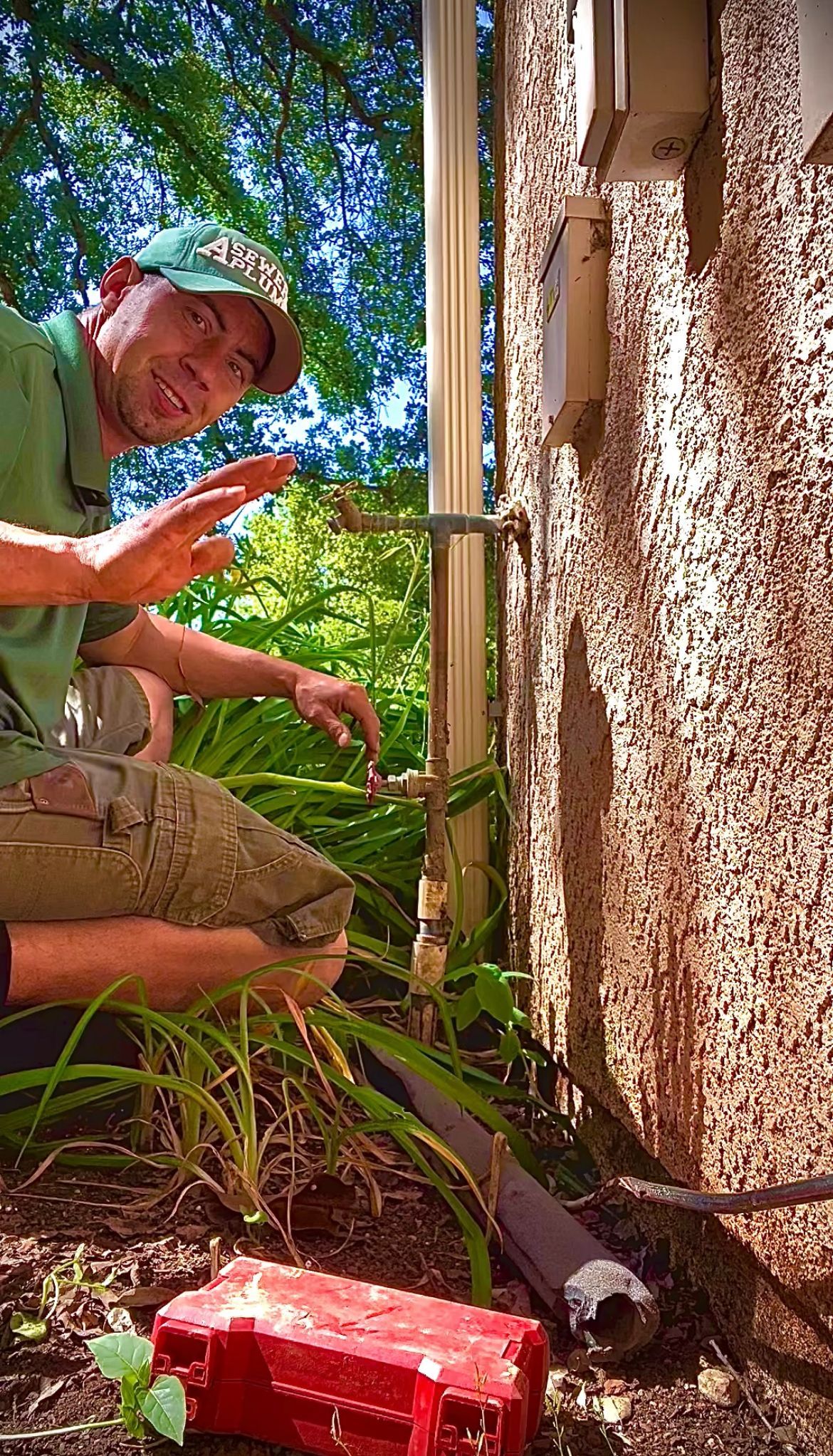Do not fear your Septic System! We take the guess work out of any septic issues you may be experiencing! Learn how your system works!
New Septic System installations
A basic septic system
is a self-contained wastewater treatment system commonly used in areas where centralized sewage systems are not available. It consists of three main components: the septic tank, drainfield (also known as leach field or absorption field), and
soil.
1. Septic Tank: This underground tank is typically made of concrete, fiberglass, or plastic and is responsible for holding and treating wastewater from the household. The tank receives wastewater from toilets, sinks, showers, and other household drains. Inside the tank, solid waste settles to the bottom as sludge, while lighter materials such as oils and fats form a scum layer on top. Bacteria in the tank help break down the organic matter. Treated liquid effluent, which is relatively free of solids, flows out of the tank.
2. Drainfield: The drainfield is a network of perforated pipes or chambers buried in the soil. The liquid effluent from the septic tank is distributed into the drainfield through these perforations. The drainfield allows the effluent to gradually percolate into the soil, where further treatment takes place through natural biological processes. The soil acts as a filter, removing harmful bacteria, viruses, and other contaminants before the effluent reaches the groundwater.
3. Soil: The soil beneath the drainfield provides additional treatment by acting as a natural filter and absorbing and dispersing the effluent. It helps in further breaking down and treating the remaining contaminants, preventing them from reaching the groundwater. The type of soil, its permeability, and the water table depth are factors that influence the efficiency of the soil treatment process.
Regular maintenance, such as periodic pumping of the septic tank and avoiding the introduction of non-biodegradable items into the system, is crucial for its proper functioning. Proper usage and maintenance ensure the longevity and effectiveness of the septic system in treating wastewater and protecting public health and the environment.

A pressure dosed septic system
Also known as a pressurized septic system, is an alternative to the traditional gravity-fed septic system. It is designed to overcome certain challenges, such as high groundwater levels or soil conditions that are less conducive to wastewater treatment.
In a pressure dosed septic system, the basic components include a septic tank, a pump chamber, distribution pipes, and a drainfield.
1. Septic Tank: Similar to a traditional septic system, the septic tank in a pressure dosed system receives and holds wastewater from the household. It allows solid waste to settle at the bottom and separates lighter materials to form a scum layer. Bacteria in the tank help in the initial breakdown of organic matter.
2. Pump Chamber: The pump chamber is an additional component found in a pressure dosed system. It houses a submersible pump that is responsible for pumping effluent from the septic tank to the drainfield. The pump chamber is typically located between the septic tank and the drainfield.
3. Distribution Pipes: In a pressure dosed system, the effluent from the pump chamber is evenly distributed to the drainfield through a network of small-diameter pipes or tubing. These pipes are equipped with pressure or drip emitters that release the effluent in controlled doses. The distribution pipes are typically placed within gravel-filled trenches or specially designed drip dispersal systems.
4. Drainfield: The drainfield in a pressure dosed system is similar to that of a traditional septic system. It consists of a network of perforated pipes or chambers buried in the soil. The effluent, distributed in controlled doses through the distribution pipes, is further treated as it percolates through the soil. The soil acts as a natural filter, removing contaminants and providing additional treatment.
The use of a pump in a pressure dosed system allows for controlled distribution of effluent, ensuring uniform treatment throughout the drainfield. This system is particularly beneficial in areas with challenging soil conditions or high water tables, as it helps overcome these limitations and provides effective wastewater treatment. Regular maintenance, including pump inspections and occasional cleaning, is essential to ensure the proper functioning of the pump and overall system.
You might also like
Memoirs Of A Plumber
Book a Service Today
We will get back to you as soon as possible
Please try again later
-

Drain Cleaning And Sewer Repair
Button -

Faucet Repairs & New Installs
Button -

Septic System Installs & Repairs
Button -

Water Heater Repairs & New Installs
Button -

New Gas Lines & Piping
Button -

Waterline Repairs & New Installs
Button -

High Pressure Hydro Jetting
Button 
Sewer Ejection Pumps & Sump-pumps
Button-

Sewer Camera & Locating Services
Button -

Toilet Repairs and New Installs
Button
Quick & Reliable
We are available 24/7 via email or telephone
Location
PO Box 3322
Auburn CA. 95604
ASewerGuy@gmail.com
C
Call
(530)313-7923
Built by A Lead Flow Studio
All Rights Reserved | A SewerGuy Plumbing inc.





